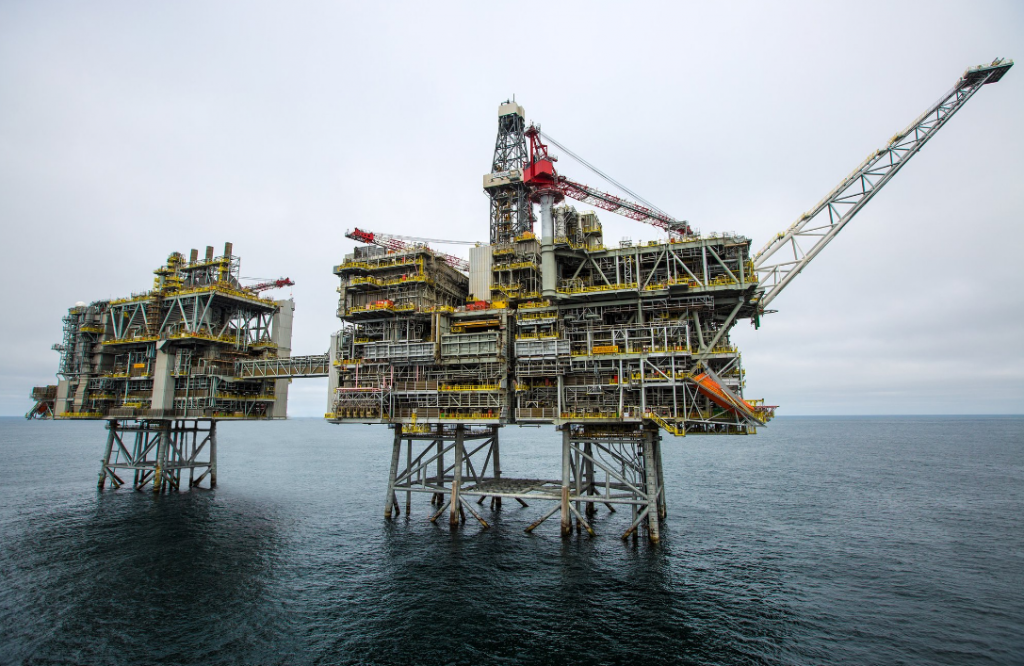
BP’s North Sea boss has confirmed the second phase of the huge Clair field is set to start production in Q4 of this year.
Commissioning activities are currently underway for Clair Ridge, which could yield 640million barrels of oil.
The project, a £4.5billion investment from BP, was approved in 2011.
Ariel Flores, the energy giant’s regional president for the North Sea, is confident the start-up is just around the corner.
He said: “I was just offshore on Clair Ridge and things are looking very much in place to support production.
“The readiness activity of both the rig and the operations team is robust. They’ve had to work through a number of challenges in recent months.
“They had a very challenging winter, they’ve been able to recover and now the summer has been very favourable relative to offshore conditions and we’ve been able to make a lot of progress.
“I’m confident that we’ll have production this year. It’s slated for Q4 but there are indicators that potentially it will be the earlier part of fourth quarter.
“I’m hopeful that the team are able to deliver around that, maybe slightly better.”
The development lies around 45 miles west of Shetland and will continue producing until 2050.
Peak production is expected to be up to 120,000 barrels of oil per day.
The second phase of the Clair field involved constructing two bridge-linked platforms, a process completed in 2016.
Two weeks ago BP increased its equity in Clair by purchasing a 16.5% stake from ConocoPhillips, a move Mr Flores described as a “massive vote of confidence in the North Sea”.
Mr Flores said there may be some “teething issues” as the team gets to grips with new state-of-the-art technology, but ultimately expects a smooth operation thanks to it.
He added: “The rig does have to deliver the wells that will underpin the production ramp-up over the next 12 to 18 months. It will be a gradual ramp-up as we put the new wells online as we work through that.
“There’s a lot of state-of-the-art equipment around controls and automation.
“There’ll be some teething pains at the beginning but ultimately the technology is able to help us be more predictive relative to trips or issues.”
Recommended for you

